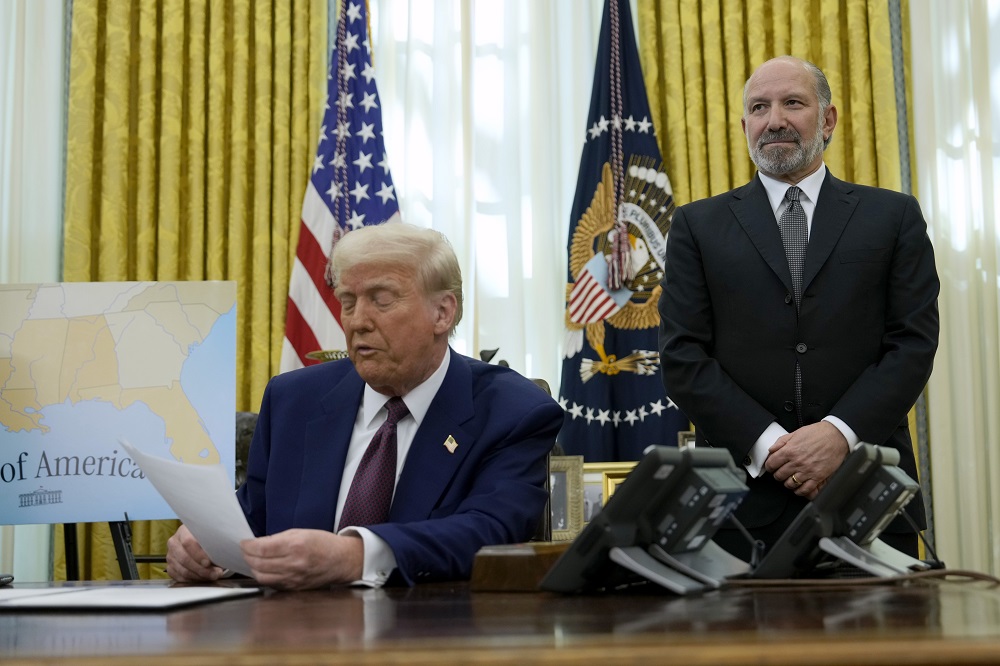President Donald Trump stated on Tuesday, Feb. 18, that he would begin imposing tariffs on auto, semiconductor, pharmaceuticals, steel, and aluminum parts.
These Tariffs range from 10 percent tax to 25 percent on countries such as China, Mexico, and Canada. Tariffs of 25 percent are planned to be imposed on auto imports, semiconductors, and pharmaceuticals while steel and aluminum will be taxed at 10 percent.
“It’ll go substantially higher over a course of a year,” Trump said when referring to tariffs that he plans to raise even higher than previously listed in the future.
The tariffs may have consequences that reach farther than the specific industries that will be taxed, some economic experts have advised. These effects may include: raised prices for everyday goods and businesses with increased costs. Automobiles and auto parts are going to be the brunt of the price raises with them expected to jump thousands of dollars in price.
“I would have done them on April 1, believe it or not, [but] I’m a little superstitious,” Trump said when referring to when the tariffs are planned to be set in place. Trump plans on levying the tariffs on April 2, and that is when consumers should expect some price increases.
Lumber tariffs could also see a 25 percent increase in early April. On Feb. 19 Trump stated that there will be even more tariffs announced in the next month or even sooner.
“I’m going to be announcing tariffs on cars and semiconductors and chips and pharmaceuticals, drugs and pharmaceuticals and lumber, probably, and some other things over the next month or sooner,” Trump said at a conference held in Miami.
The main reason Trump is imposing these tariffs is because of the drug trafficking crisis happening in the U.S.
“This challenge threatens the fabric of our society. Gang members, smugglers, human traffickers, and illicit drugs of all kinds have poured across our borders and into our communities.” Trump said in an executive order he wrote on Feb. 1.
